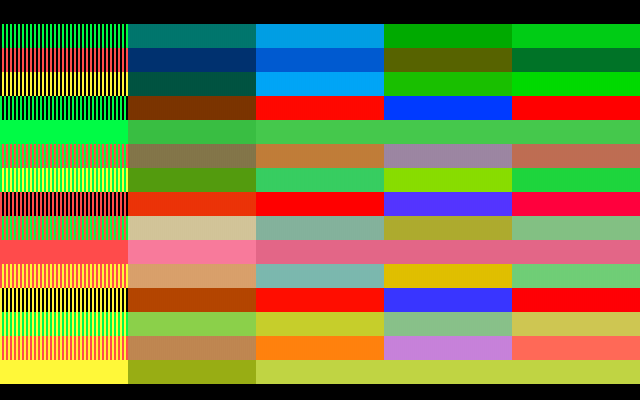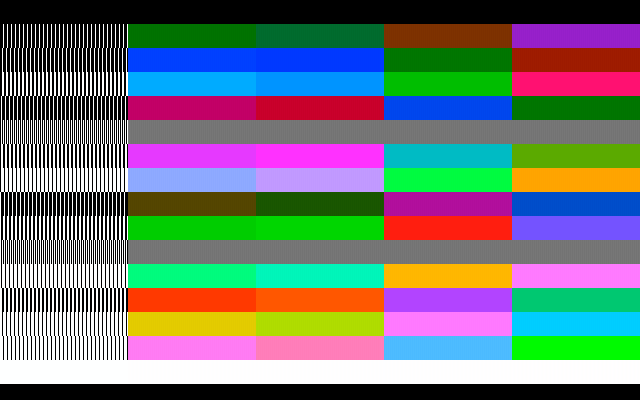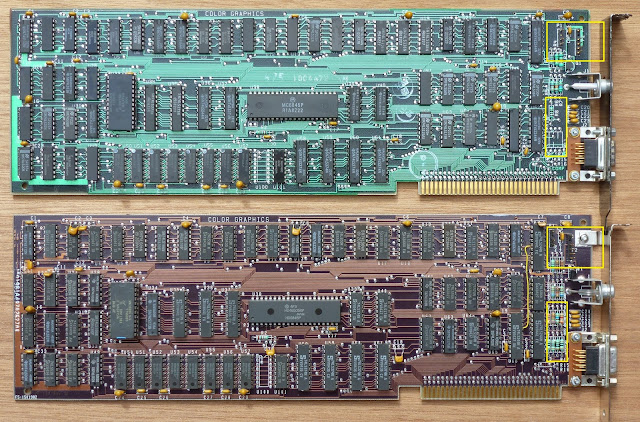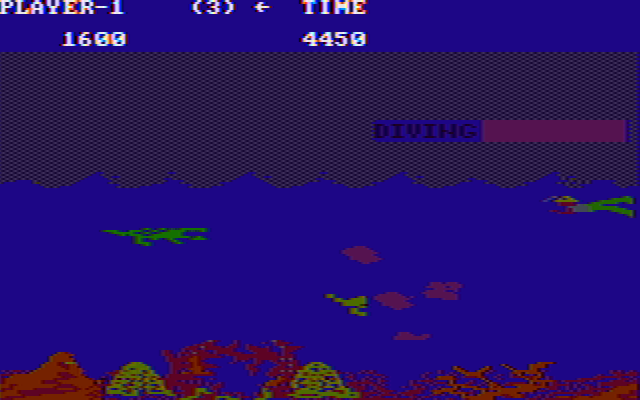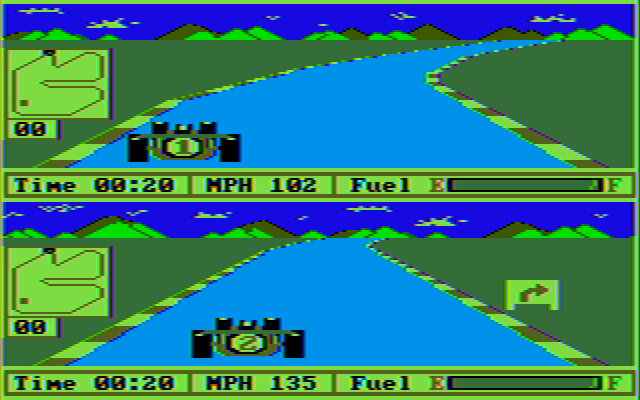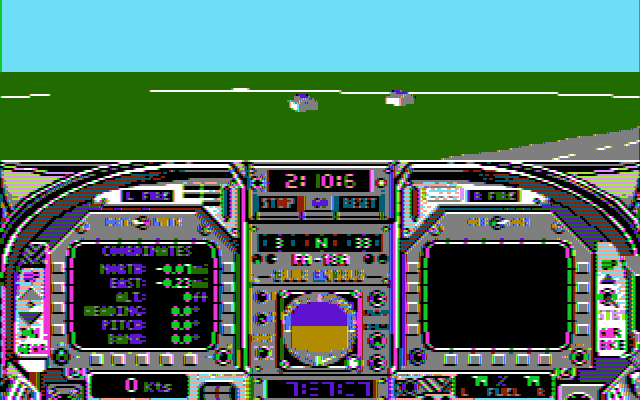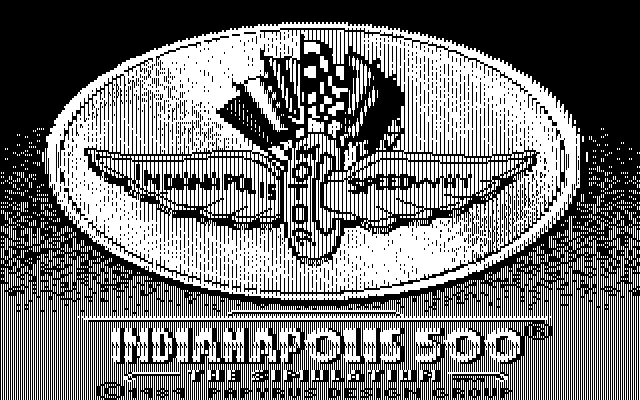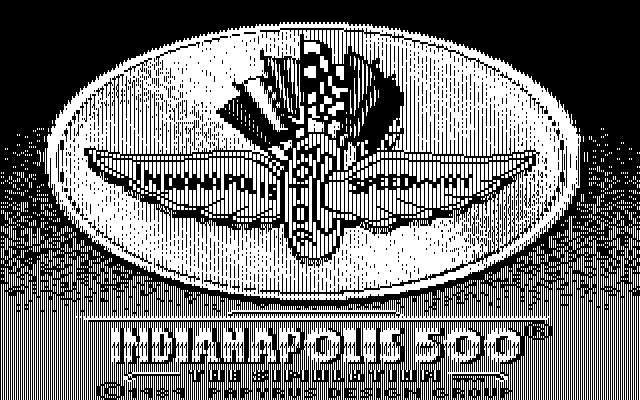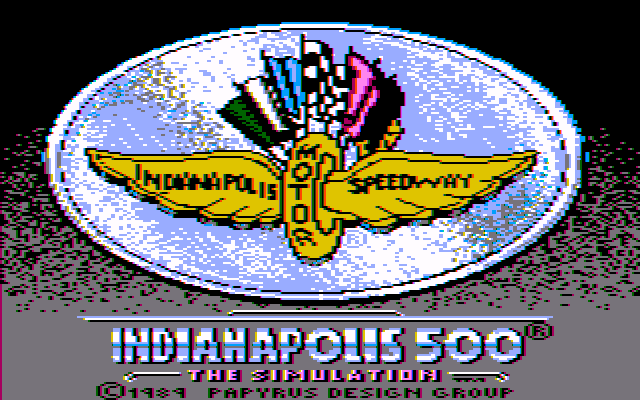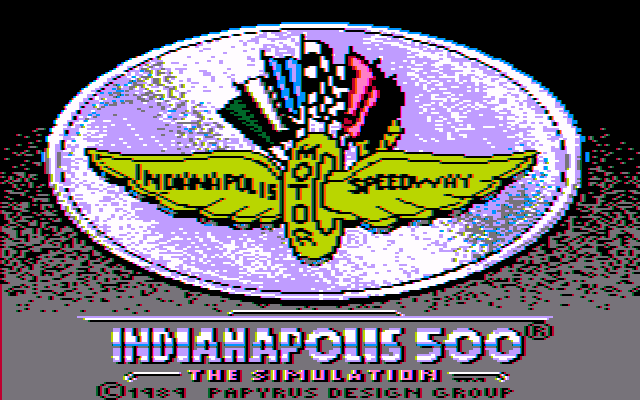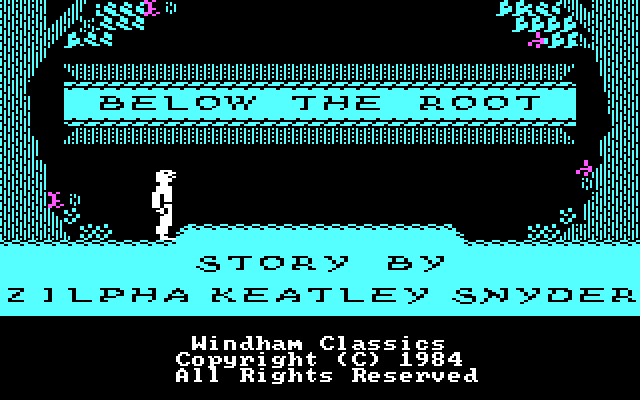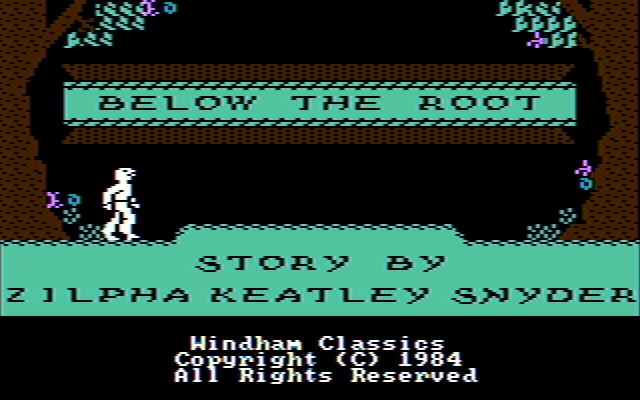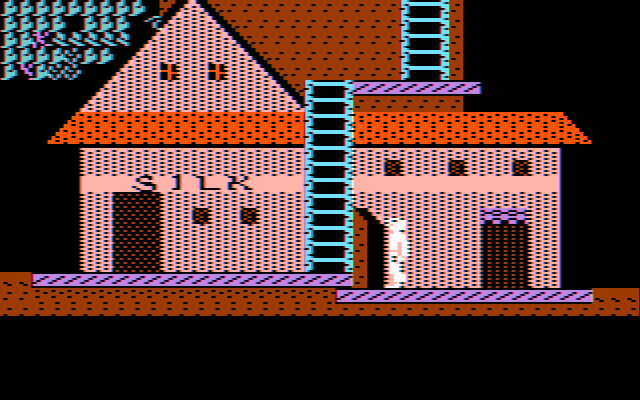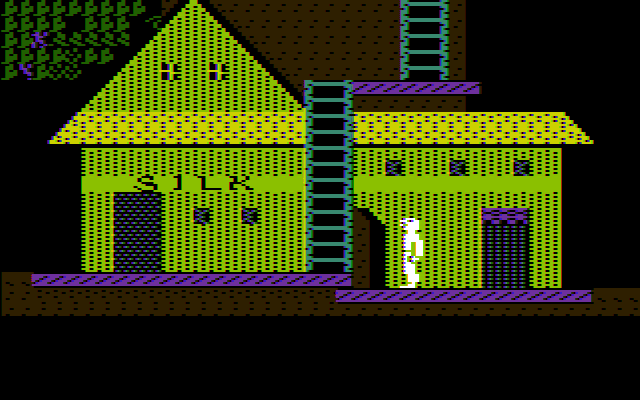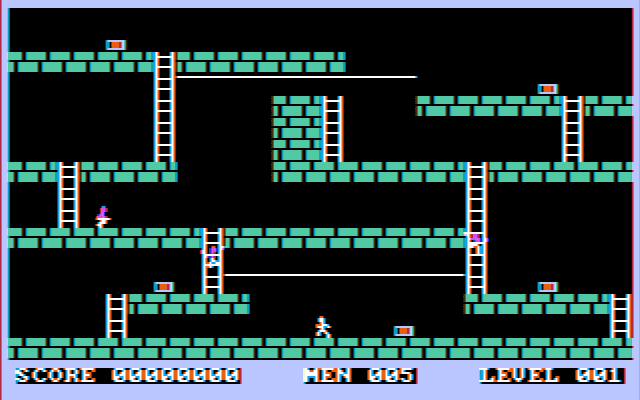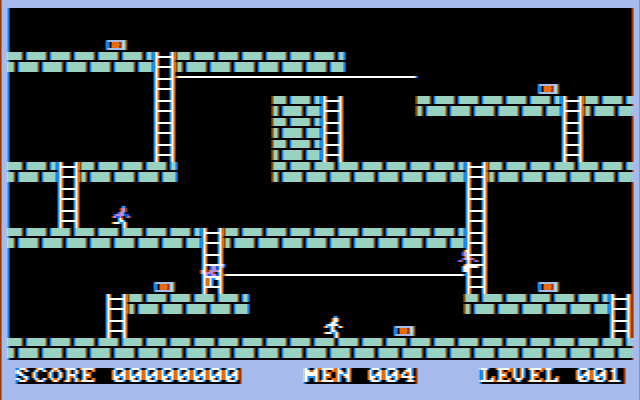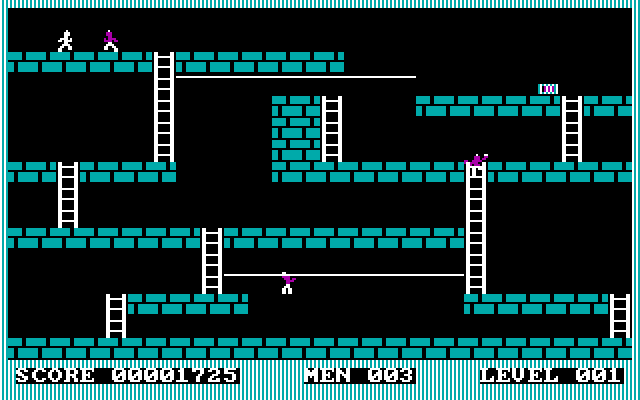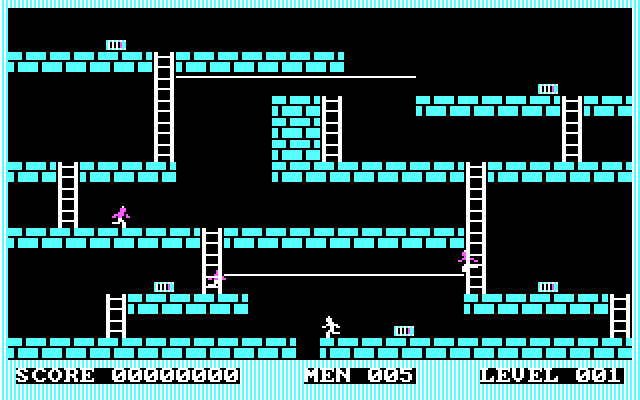While Godzilla had been introduced to the world in 1956, two years after his Japanese debut, King Kong and Frankenstein's Monster were of an earlier generation of movie monsters. King Kong was released in 1933 and Universal's Frankensteinin 1931 (the latter appearing in six subsequent Universal films). The films were highly regarded in the 1960s and 1970s and the characters were far better established in much of the movie-going world than Godzilla and other Japanese movie monsters.
Godzilla and other Japanese films were released in different countries at different times. While Godzilla and Godzilla Raids Again were generally released with those or similar titles across the world, when it came to Toho's later films, all bets were off when it came to the naming game. West Germany, in particular, rarely gave Godzilla the title credit the film itself intended. Instead, the distributors came up with a variety of creative titles for the films released in that country.
| Japanese Title (Translation) | U.S. Theatrical Title | German Theatrical Title (Translation) |
| Gojira | Godzilla, King of the Monsters | Godzilla |
| Godzilla | Godzilla | |
| Gojira no gyakushu | Gigantis the Fire Monster | Godzilla Kehrt Zurück |
| Counterattack of Godzilla | Godzilla Returns | |
| Kingukongu tai Gojira | King Kong vs. Godzilla | Die Rückkehr des King Kong |
| King Kong vs. Godzilla | The Return of King Kong | |
| Mosura tai Gojira | Godzilla vs. the Thing | Godzilla und die Urweltraupen |
| Mothra vs. Godzilla | Godzilla and the Primeval caterpillars | |
| San daikaiju: Chikyu saidai no kessen | Ghidrah, the Three-Headed Monster |
No Theatrical Release |
| Three Giant Monsters: The Greatest Battle on Earth | ||
| Kaiju daisenso | Monster Zero | Befehl aus dem Dunkel |
| The Great Monster War | Command from the Dark | |
| Gojira-Ebira-Mosura: Nankai no dai Ketto | Godzilla Versus the Sea Monster | Frankenstein und die Ungeheuer aus dem Meer |
| Godzilla, Ebirah, Mothra : Big Duel in the North Sea | Frankenstein and the Monsters from the Sea | |
| Kaiju shima no kessen: Gojira no musuko | Son of Godzilla | Frankensteins Monster jagen Godzillas Sohn |
| Monster Island's Decisive Battle: Godzilla's Son | Frankenstein's Monsters hunt Godzilla's Son | |
| Kaiju Soshingeki | Destroy All Monsters | Frankenstein und die Monster aus dem All |
| Attack of the Marching Monsters | Frankenstein and the Monsters from Space | |
| Gojira-Minira-Gabara: Oru kaiju daishingeki | Godzilla's Revenge | No Theatrical Release |
| All Monsters Attack | ||
| Gojira tai Hedora | Godzilla vs. the Smog Monster | Frankensteins Kampf gegen die Teufelsmonster |
| Godzilla vs. Hedorah | Frankenstein's Battle against the Devil's monsters | |
| Chikyu kogeki meirei: Gojira tai Gaigan | Godzilla on Monster Island | Frankensteins Höllenbrut |
| Earth Destruction Directive: Godzilla vs. Gigan | Frankenstein's Hellspawn | |
| Gojira tai Megaro | Godzilla vs. Megalon | King-Kong - Dämonen aus dem Weltall |
| Godzilla vs. Megalon | King Kong - Demons from Outer Space | |
| Gojira tai Mekagojira | Godzilla vs. the Cosmic Monster | King Kong gegen Godzilla |
| Godzilla vs. Mechagodzilla | King Kong vs. Godzilla | |
| Mekagojira no gyakushu | Terror of Godzilla | Konga-Godzilla-King Kong - Die Brut des Teufels |
| Counterattack of Mechagodzilla | Konga, Godzilla, King Kong – The Spawn of the Devil | |
| Sora no daikaiju Radon | Rodan The Flying Monster | Die fliegenden Monster von Osaka |
| Rodan the Giant Monster of the Sky | The Flying Monsters of Osaka | |
| Chikyu Boeigun | The Mysterians | Weltraum-Bestien |
| Earth Defense Force | Space Beasts | |
| Bijo to Ekitainingen | The H-Man | Das Grauen schleicht durch Tokio |
| Beauty and the Liquidman | The Horror creeps through Tokyo | |
| Uchu daisenso | Battle in Outer Space | Die Bestie aus dem Weltenraum |
| The Great Space War | The Beast from Space | |
| Mosura | Mothra | Mothra bedroht die Welt |
| Mothra | Mothra threatens the World | |
| Sekai daisenso | The Last War | Todesstrahlen aus dem Weltall |
| The Great World War | Death rays from Outer Space | |
| Yosei Gorasu | Gorath | Ufos zerstören die Erde |
| Suspicious Star Gorath | UFOs to destroy the Earth | |
| Kaitei gunkan | Atragon | U 2000 - Tauchfahrt des Grauens |
| Undersea Battleship | U 2000 – Submarine Voyage of Horror | |
| Uchu daikaiju Dogora | Dagora, the Space Monster | X 3000 – Phantome gegen Gangster |
| Space Monster Dogora | X 3000 – Phantoms vs. Gangsters | |
| Furankenshutain tai chitei kaiju Baragon | Frankenstein Conquers the World | Frankenstein - Der Schrecken mit dem Affengesicht |
| Frankenstein vs. the Subterranean Monster Baragon | Frankenstein – The Terror with the Ape Face | |
| Furankenshutain no kaiju: Sanda tai Gaira | The War of the Gargantuas | Frankenstein - Zweikampf der Giganten |
| Frankenstein's Monsters: Sanda vs. Gaira | Frankenstein – Duel of the Giants | |
| Kingu Kongu no gyakushu | King Kong Escapes | King-Kong, Frankensteins Sohn |
| Counterattack of King Kong | King Kong, Frankenstein's Son | |
| Gezora, Ganime, Kameba: Kessen! Nankai no Daikaiju | Yog: Monster from Space | Monster des Grauens Greifen An |
| Gezora, Ganime, Kameba: Battle! Monsters of the South Seas | Horror Monsters are Attacking | |
| Wakusei daisenso | The War in Space | Der große Krieg der Planeten |
| The War in Space | The great War of the Planets | |
| Gojira | Godzilla 1985 | Godzilla: Die Rückkehr des Monsters |
| Godzilla | Godzilla: The Return of the Monster | |
| Gojira vs. Biorante | Godzilla vs. Biollante | Godzilla, der Urgigant |
| Godzilla vs. Biollante | Godzilla, the Primordial Giant |
You may notice that King Kong and Frankenstein appear very frequently in this list of German titles, more often than the name Godzilla. Apparently for King Kong Escapes, the distributor felt free to add the Frankenstein name to the title for even more marquee value. However, not until Godzilla vs. Megalon did the German distributors find the courage to use the King Kong name for a movie without King Kong in it. Thus Jet Jaguar and Mechagodzilla are renamed King Kong in the last three Showa Godzilla movies. Continuing with the reappropriating of the names of monster movie apes, in Terror of Godzilla, Titanosaurus is renamed "Konga", presumably from the 1961 British film of the same name. The remake of King Kong by Dino De Laurentiiis was being made and shown around the time when these films were being released in West Germany, which may explain the change from Frankenstein to King Kong. These "King Kong" and "Frankenstein" films were released by Constantin Film.
The Germans were not the only country to use the King Kong name when the real King Kong was not in the movie. The Italian title for Destroy All Monsters was Gil Eredi di King Kong, or The Inheritors of King Kong. This actually does make a kind of sense, as Godzilla and later films owe a large creative debt to King Kong. The movie posters do show King Kong, however. Again, for Terror of Godzilla, the Italians distributed "Distruggete Kong! la Terra e in Pericolo" or Destroy Kong!, Earth is in Danger. King Kong is the only monster featured on the contemporary film poster. Titanosaurus is renamed "Titan Kong" in the dubbing.
For Godzilla vs. the Thing, the Italians renamed the film Watang! Nei Favoloso Impero del Mostri, Watang! The Fabulous Empire of Monsters. Godzilla is still called Godzilla in the film, "Watang" refers to Infant Island. Godzilla has been renamed Gorgo in the title when Italian distributors re-released Son of Godzilla in the late 70s to coincide with a showing of the British classic Gorgo. Also, for Spain the film Godzilla vs. Megalon became Gorgo y Superman Se Citan en Tokio, Gorgo and Superman Fight in Tokyo. According to my source, Jet Jaguar was dubbed Superman and Gigan became Gorgo. Like in the Italian case above, the distributors also had the rights to the real Gorgo film and some episodes of Super Giant, which was renamed Superman in Spain. At least the European distributors had enough sense not to try and rename Godzilla to "Gorgo" or "Watang" or something else. In the United States, the distributors renamed Godzilla to "Gigantis" for the second movie and the box office rewarded them in an appropriately stingy fashion for that blunder.
My original inspiration for this article was the recent Blu-ray release of Ghidrah the Three-Headed Monster in Germany. This movie is the only Japanese Godzilla Film Blu-ray release in 2013 anywhere in the world. The movie apparently was never released in West Germany theatrically. The current German distributor has given the title "Frankensteins Monster im Kampf gegen Ghidorah", Frankenstein's Monsters in a Battle against Ghidorah. Either Frankenstein's name is still often used for monster or horror movies in Germany, or the distributor is trying to evoke memories of the old films, as the West Germans may have remembered them. In this film, according to the title at least, apparently Godzilla, Rodan and Mothra were all created by Dr. Frankenstein. The Blu-ray is subtitled and not dubbed and presumably faithful to the Japanese, where Frankenstein is not in the dialogue. Otherwise, Frankenstein may be a generic word in German for fantasy, at least when the word Monster follows it. It is curious that while Frankenstein may have been a German scientist, the book which introduced him was published by Mary Shelly, an Englishwoman. (Also compare the embrace of Dracula in post-Communist Romania by Irish author Bram Stoker).
Frankenstein was often, via dubbing, inserted into the plot. For a movie like King Kong Escapes, it was easy enough to rename the villain from "Dr. Who" to "Dr. Frankenstein." For other films the connection becomes a bit more tenuous. In Godzilla vs. the Sea Monster, in the German dub the Red Bamboo are working for Frankenstein. In Son of Godzilla, the Kamacuras and Kumonga are said to be Dr. Frankenstein's creations. Similar conventions may occur in later films. Godzilla vs. the Thing was released very late theatrically in West Germany, in 1974, so by that time Godzilla's name apparently had sufficient marquee value to displace Frankenstein's. I guess no one thought to rechristen Mothra.





































